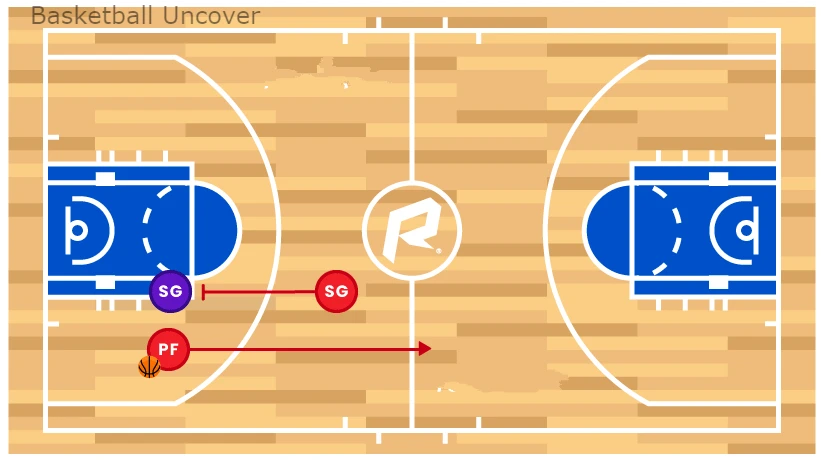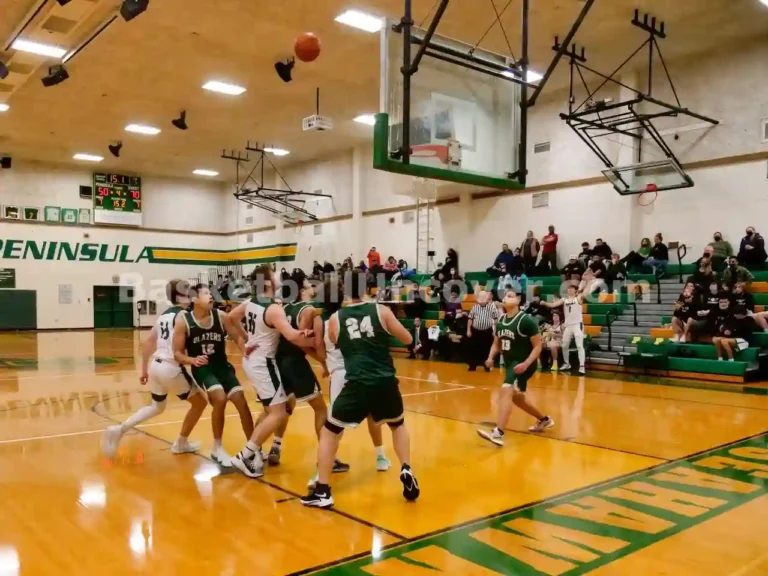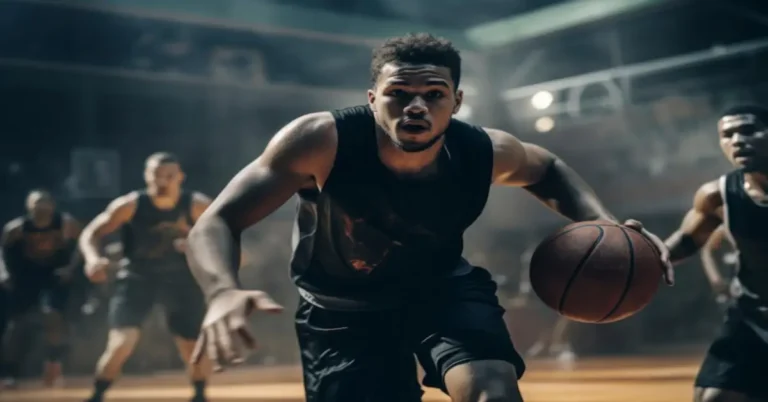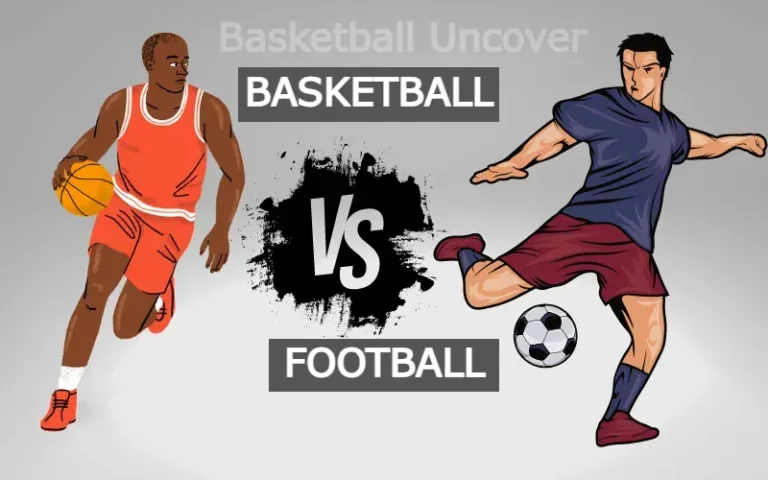What Is A Pin Down Screen In Basketball?
Often incorporated into offensive sets like floppy action, a player positions near the basket, utilizing a single pin down screen on one lane side or a double screen (stagger screen) on the opposite side for effective scoring chances.
A pin-down screen is a basketball offensive tactic where a screener temporarily blocks a defender, allowing the cutter to “pin down” the defender for a shot.
What is the down screen in basketball?
The down screen in basketball occurs when an offensive player sets a screen on a defender, allowing a teammate to get open for a scoring opportunity. It is a common off-ball screen in different offensive strategies. Variations include the pin down screen and the wide pin down screen.
History of pin down screen
During the 1970s, the groundwork for the pin down, a basketball offensive tactic utilizing screens, was laid with the widespread use of sideline screens and pick-and-rolls.
The influential “Flex Offense” implemented at UCLA during the 1960s under Coach John Wooden focused on continuous movement, off-ball screens, and cuts, establishing the fundamental principles that would eventually characterize the pin down.
Coaches like Mike Krzyzewski and Pat Riley are credited with likely coining the term “pin down” in the 1980s. They emphasized spacing and capitalizing on defensive switches.
The increasing significance of the three-point shot during that era heightened the value of the pin down, highlighting its crucial role in creating space for shooters within offensive strategies.
In the 1990s and 2000s, coaches like Phil Jackson and Gregg Popovich played crucial roles in refining and popularizing the pin down.
Incorporated into the triangle and spread offenses, it became synonymous with players like Michael Jordan and Ray Allen, showcasing its effectiveness in scoring and playmaking.
The pin down, evolving from earlier screening concepts, retains significance in modern basketball. Mastered by players like Draymond Green and LeBron James, it adapts to the changing offensive landscape with new variations and strategies, establishing itself as a dynamic and adaptable tool for success.
Purpose and Importance of Downscreen
The pin-down screen, also known as a down screen or an off-ball screen, is a fundamental offensive tactic in basketball designed to create scoring opportunities for teammates.
Purpose:
Motivates our actions, serving as the “why” that propels our desires and decisions.
Whether grand, like legacy-building or pursuing passions, or simple, like savoring a meal or connecting with loved ones, purpose offers direction, meaning, and fulfillment.
It dynamically evolves with our growth and life experiences, consistently guiding us toward an authentic and worthwhile future.
Importance:
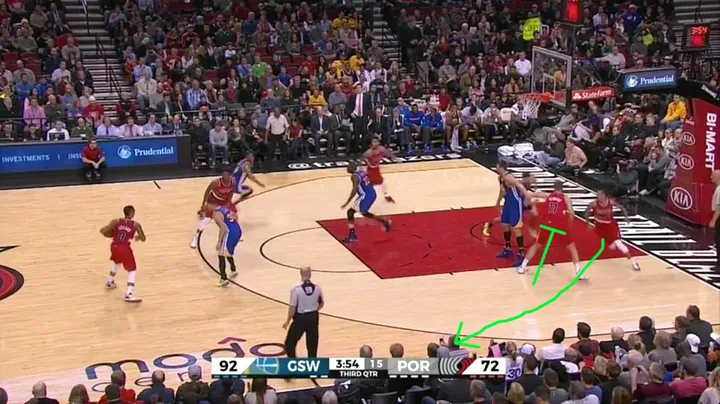
Opens space: Pin-down screens create open shots or drives for teammates by disrupting defenders and forcing them to choose.
Offers options: They initiate diverse offensive actions like jump shots, drives, or post-ups, keeping defenses guessing.
Boosts efficiency: Executed well, pin-down screens lead to high-percentage scoring opportunities and a more fluid offense.
Offensive Strategies Against Defensive Measures
The pin-down screen, a cornerstone of offensive schemes, faces its defensive hurdles. Opponents often employ top-locking, where the screener’s defender “roofs” over them, denying the pop and forcing a switch.
To counter, aggressive rolls by the screener towards the basket can lure defenders away, opening up passing lanes for the ball handler.
Alternatively, dribble handoffs between the screener and ball handler can exploit the switch, creating mismatches or drawing help defenders for a dump-off pass.
Ultimately, timing and deception are key. Varying the screener’s pop timing, using fake screens, and utilizing backdoor cuts can keep defenders on their toes and unlock scoring opportunities even against the toughest pin-down defenses.
Training Tips for Sharper Execution
The basketball staple pin-down screen hinges on precise timing and footwork. But how do players refine this elusive skill? Let’s dive into training drills that build muscle memory and tactical awareness.
For Teams:
Ghost Screeners: Assign “ghost” defenders to practice setting solid picks without the ball. This hones footwork and angles, ensuring screens are effective without contact.
Live Dribble Pin-Downs: Incorporate live dribbling into pin-down drills. This builds ball handling and decision-making as players react to defensive pressure while utilizing the screen.
Pop and Go: Add a pop-and-go element where the screener rolls to the basket after setting the pick. This tests the screener’s ability to seal defenders and create scoring opportunities.
Individual Focus:
Footwork Footwork Footwork: Practice footwork drills like shuffle steps, crossovers, and jab steps to improve agility and screen angles.
Pick and Pop: Work on popping out to open space after setting the screen, simulating real-game situations where teammates might need a quick scoring option.
Mirror the Matchup: Assign a teammate to guard the screener and practice setting picks against different defensive styles. This teaches adaptability and how to adjust screen positioning based on the matchup.
Read Also: Bench Points in Basketball
Coaching Tips for Team Strategy:
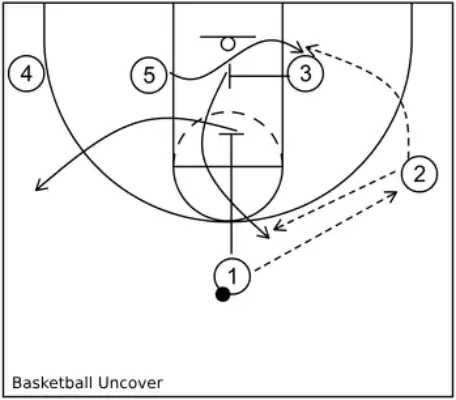
Read the Defense: Don’t blindly set screens. Analyze defensive rotations and mismatches. Is there a size advantage to exploit? Can a quick pop to the three-point line create space? Adapt the screen’s angle and timing to maximize its impact.
Timing is Key: A well-timed screen disrupts defenders, not teammates. Communicate with your ball handler, setting the pick as they initiate their drive. This creates a momentary window for separation, allowing your teammate to exploit the gap.
Roll, Don’t Stall: After setting the screen, don’t stand idle. Roll towards the basket, drawing defenders, and opening up passing lanes for teammates. This keeps the defense scrambling and creates additional scoring options.
Avoid Predictability: Mix up your pin-down variations. Pop to the perimeter for open shots, roll to the basket for dump-offs, or even set a ball screen for the ball handler after popping free. Keep the defense guessing and maximize scoring opportunities.
Practice Makes Perfect: Like any skill, pin-down success requires repetition. Dedicate drills to timing, communication, and rolling options. The more comfortable your team becomes with this tactic, the more it becomes your go-to weapon for scoring dominance.
Pin Down Screen in Modren Basketball
In modern basketball, a fascinating evolution is occurring as cutting-edge technologies merge with traditional pin-down screens.
This integration involves advanced analytics and intelligent tracking systems that analyze player movements, shooting habits, and defensive reactions during these plays.
Coaches and analysts now use sophisticated algorithms to gain comprehensive insights, enabling tailored strategies for individual and team dynamics. This fusion of technology and basketball promises a more precise and efficient offensive game, showcasing the exciting future of the sport.
FAQs
In basketball, pinning is an offensive tactic where a player sets a screen near the baseline to “pin” a defender, creating space for their teammate to cut toward the ball and open up for a shot, usually a three-pointer. Think of it like a pick-and-pop but near the basket.
Step into the defender: Make firm contact with your body, creating a wall between them and the ball handler.
Roll “downhill”: Run hard away from the basket, using the defender’s momentum to create space for your teammate.
Open up: Raise your hands and look for the ball, ready to receive a pass and attack the open lane.
In basketball, setting a screen is like giving your teammate a temporary roadblock for the defender.
Imagine:
Your teammate dribbles the ball.
A defender is chasing them.
You, the screener, step in front of the defender.
Suddenly, your teammate has space! They can:
Drive to the basket for an easy layup.
Pull up for an open shot.
Pass to another teammate who’s now free.
Boom! That’s a screen.
So, next time you see players “bumping” into each other on the court, it’s not just accidental – they’re setting screens to create scoring opportunities.
In basketball, “pinning down” is like a pick & pop near the basket. A teammate sets a screen, “pinning” their defender, and you cut out for a three-pointer. Think “traffic jam” for defenders, an open highway for you.
Conclusion
The pin down screen is a versatile offensive tool that can unlock scoring opportunities for any player. By understanding its mechanics, variations, and strategic applications, you can add this weapon to your arsenal and dominate the court. So, get out there, practice your pin downs, and watch the buckets fall.

